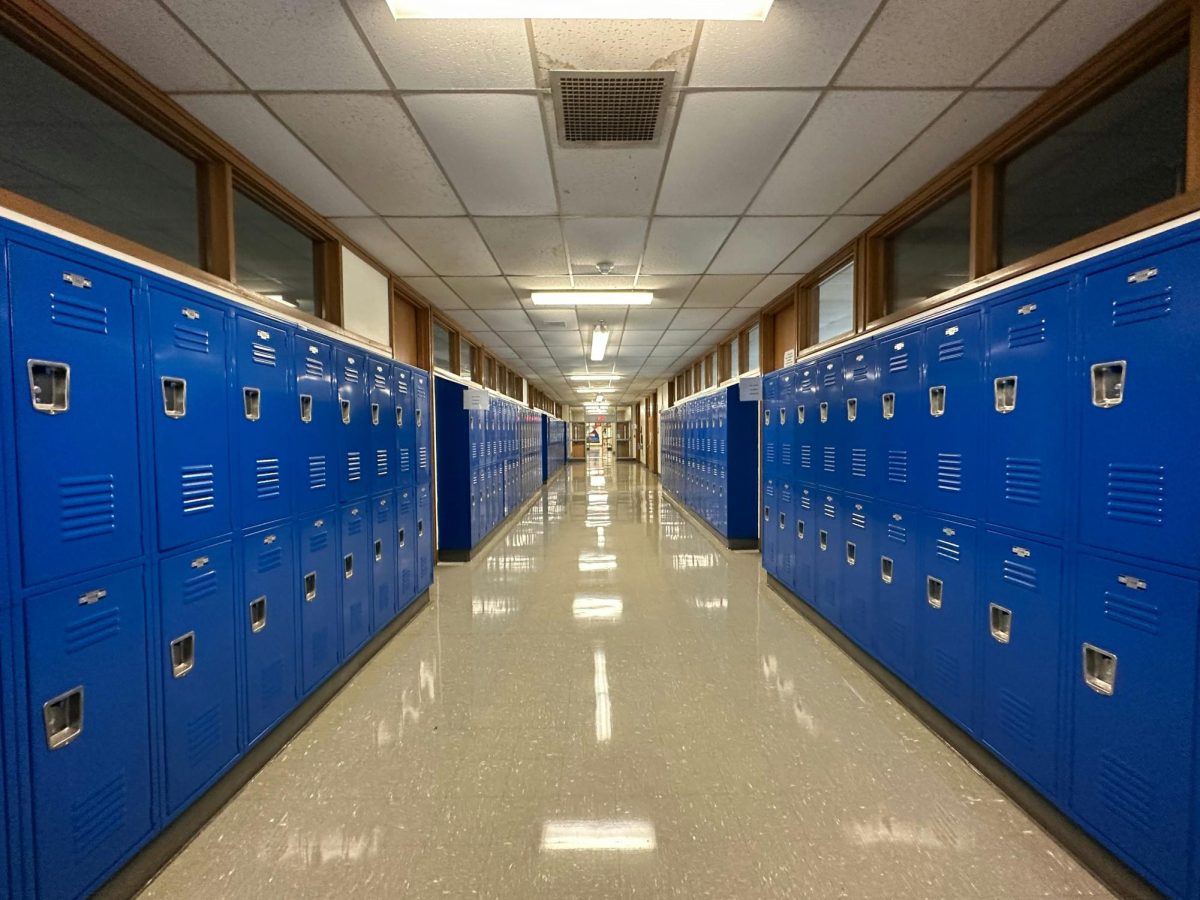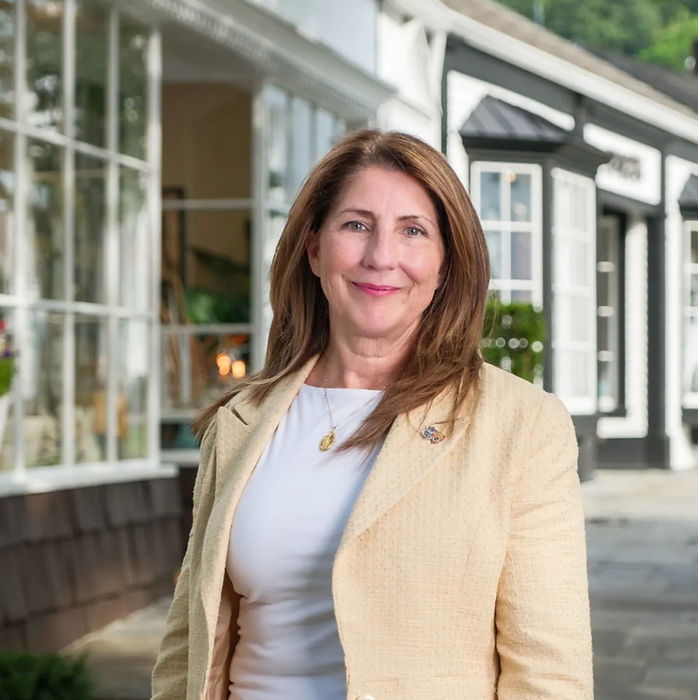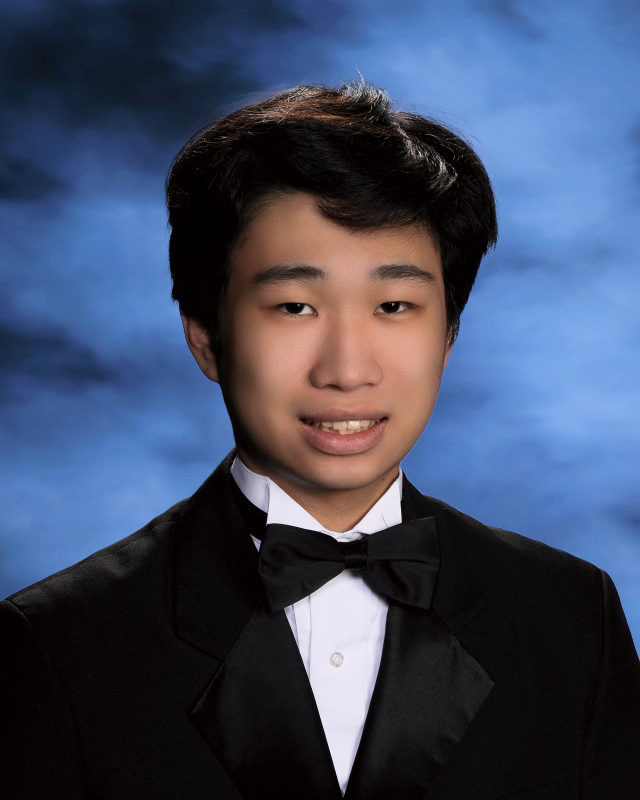This article was originally published in Kaleidoscope‘s Spring 2025 print edition. It is being published as a separate online article now for easy access.
In February 2023, the Three Village Central School District sent out a wide-ranging survey to parents, staff, students and community members. In a series of questions, participants were asked to provide feedback on four different district structures.
To the outside observer, this survey may have come as a surprise. In reality, it was the culmination of a multi-year effort to change the structure of Three Village. The district had long been an outlier by keeping the ninth grade in the middle schools and the sixth grade in the elementary schools. By 2019, concerns from some in the district about this structure, as well as about the start times, led the district to create a Strategic Planning Committee. Even after this breakthrough, work was stymied, first by the COVID-19 pandemic and later by various logistical hurdles.
More than two years after the survey showed overwhelming support among the Three Village community for a more conventional school structure, and one year behind the initial schedule, the district is officially acting to reshape and remodel the educational landscape. To align with New York State standards, they are undertaking a reconfiguration of the current grade system that will have sixth graders moving up to the middle schools and ninth graders moving up to Ward Melville starting in the 2025-26 academic year.
One of the primary issues with the current configuration was the limited opportunities provided to ninth graders in electives, clubs, and even interaction with older and more experienced peers. James Lindsay, an eighth grade student at Gelinas Junior High School, made this mindset clear, saying, “I’ve enjoyed my two years at Gelinas, but the high school is everything we have and more. … It’s going to be nice to have four years of full opportunities.”
This will be particularly true for students interested in Art, Technology, or English, three departments that offer many electives exclusively at Ward Melville. Students will also be given the opportunity to play in more advanced ensembles through the Music
Department, and they will be able to begin multi-year academic tracks, such as Ward Melville’s Computer Science courses, a year earlier.
Joanna Cadolino, the English Department chair, wrote that, “the incorporation of the 9th grade will allow students to take more English electives, such as Comics and the Graphic Novel.” She also mentioned expanded access to “English run activities outside of the classroom such as Kaleidoscope, Cinnabar, and the National English Honors Society.” For math, department chair Rocco Vetro said, “At Murphy and Gelinas, we have Geometry Honors and Geometry Theory, but we don’t have Geometry Regents. Now, the ninth graders can get any class that’s best for them.”
Also in the math department, there are usually several ninth graders who take AP Calculus BC at the high school before returning to the junior high for their other classes. With restructuring, eighth graders who meet qualifications will have the opportunity to take Algebra 2 at the high school, as the course will no longer be offered at the middle schools, but the district will not provide transportation between schools for those students.
The lives of student-athletes will also become easier, as they will no longer have to take a daily shuttle to Ward Melville to participate. Lawrence Sun, a ninth grade student at Murphy, told Kaleidoscope, “I wish [the restructuring] came sooner. … It was incredibly difficult to balance a high-commitment sport at the high school and my clubs at the middle school.” This particular change will also benefit non-athletes, as the district will save nearly half a million dollars by not running these buses.
Another reason for the restructuring was the difficulty of interdepartmental communication, particularly between ninth and 10th grade teachers. This issue was most acute in the Social Studies Department. Many students learn world history over two years, beginning in ninth grade and ending in 10th. In the current configuration, it was difficult for the world history teachers to coordinate their curricula. With the new configuration, “it will be wonderful to have all of our [world history] teachers together in the same building. … This will further support our efforts to create a cohesive and connected social studies program,” said Dr. Christina Cone, the chair of the Social Studies Department. Thomas Worthington, one of the history teachers moving up from Gelinas, said, “I am looking forward to [next year]. As one era ends, … a new one begins.”
Sixth grade students will also benefit by moving up to the middle school earlier, not only through the experience of greater independence and departmental specialization, but also through the addition of several new courses. The language department “will be offering an exploratory program for our sixth graders for the first time … on a A/B day schedule,” said Kerri Golini, the World Language Department Head. Students will also have the opportunity to take two new electives, S.T.A.R.T. (Self-Awareness, Time Management, Achievement, Results, and Teamwork) and S.T.E.A.M. (Science, Technology, Engineering, Art, and Math).
Nevertheless, a change of this magnitude will necessarily lead to some negative side effects, including logistical difficulties. Because the elementary schools lack the departmentalization of the middle schools, most sixth grade teachers possess a general certificate for grades 1-6. Moving up to the middle schools will require some to pursue an extension or greater specification to their certification.
Some teachers, instead of dealing with this process, are retiring early. Others, such as Anthony Prinzo, a 6th grade teacher at Nassakeag, are going to teach electives such as S.T.A.R.T. Despite the challenges, departments have been able to overcome many of these issues. According to Vetro, in the Math Department, “A group of sixth grade teachers from each of the elementary schools will go to the middle school. All the sixth grade math classes will be taught by sixth grade elementary school teachers.”
Several programs will also be cut throughout the district, at least in part because of the restructuring. The change that has received the most attention and resistance has been the removal of the Intellectually Gifted (IG) program for the fourth grade. Because sixth grade will be at the junior high, fifth grade will be the only remaining grade for the program next school year. When it was announced, students and parents wrote emails to the Board of Education and showed up at meetings to register their disappointment, but to no avail. Teachers have also been unhappy with the change, with Prinzo, who teaches IG, writing, “I wish IG was being offered to 3rd grade and that 4th and 5th would remain.” Linda Earls, a former teacher of the fifth grade IG class, went further, saying, “It’s a real shame. … The students [who would be in IG] really need to be together.”
Several other programs will be cut or scaled back due to the departure of the ninth graders from the middle schools. Among these are the Junior Model UN clubs at both Gelinas and Murphy, which are likely going to be eliminated. Lauren Swierupski, a ninth grader at Gelinas and Co-President of the club, made clear the benefits of the club and expressed regret that future students will not be able to participate. She also pointed out how fewer middle school students would be able to “have leadership positions in clubs or other organizations,” thus, “stunting their development.”
The music departments at the middle schools will also be impacted significantly, as the music ensembles and theater programs have heavily relied on ninth grade students in the past. Brendan Meier, the Gelinas band director and theater program advisor, voiced this complaint, saying, “I have grown to really love the unique structure of Three Village. … As the oldest students in the building, the ninth graders truly flourish and grow in their music ability and confidence. I am sad to see them go.”
The influx of students to the high school must also be grappled with. Despite John Holownia, principal of Ward Melville, making clear that “we’ve had more students [in the past] when the building was smaller than we will next year,” certain changes will be necessitated due to the more stringent security policies existing today. During the years that Holownia was referring to, the school had an open-campus concept, and students were not obligated to take study halls during non-lunch free periods. Neither of these are true anymore, so the school must provide more space. To do so, “the upper locker banks on both sides of the second floor are going to become four different classrooms,” Holownia said. However, despite some rumours, “there will be no combination of departmental offices.”
According to the National Center for Education Statistics, about 6% of U.S. public schools operate under non-traditional grade spans. Leaders in these minority districts, and some of those quoted above, often cite reasons and results such as improved academic continuity, better use of physical infrastructure, and expanded access to advanced courses and developmental opportunities. Three Village is about to leave this minority. Only time will tell of the exact nature of the effects.









